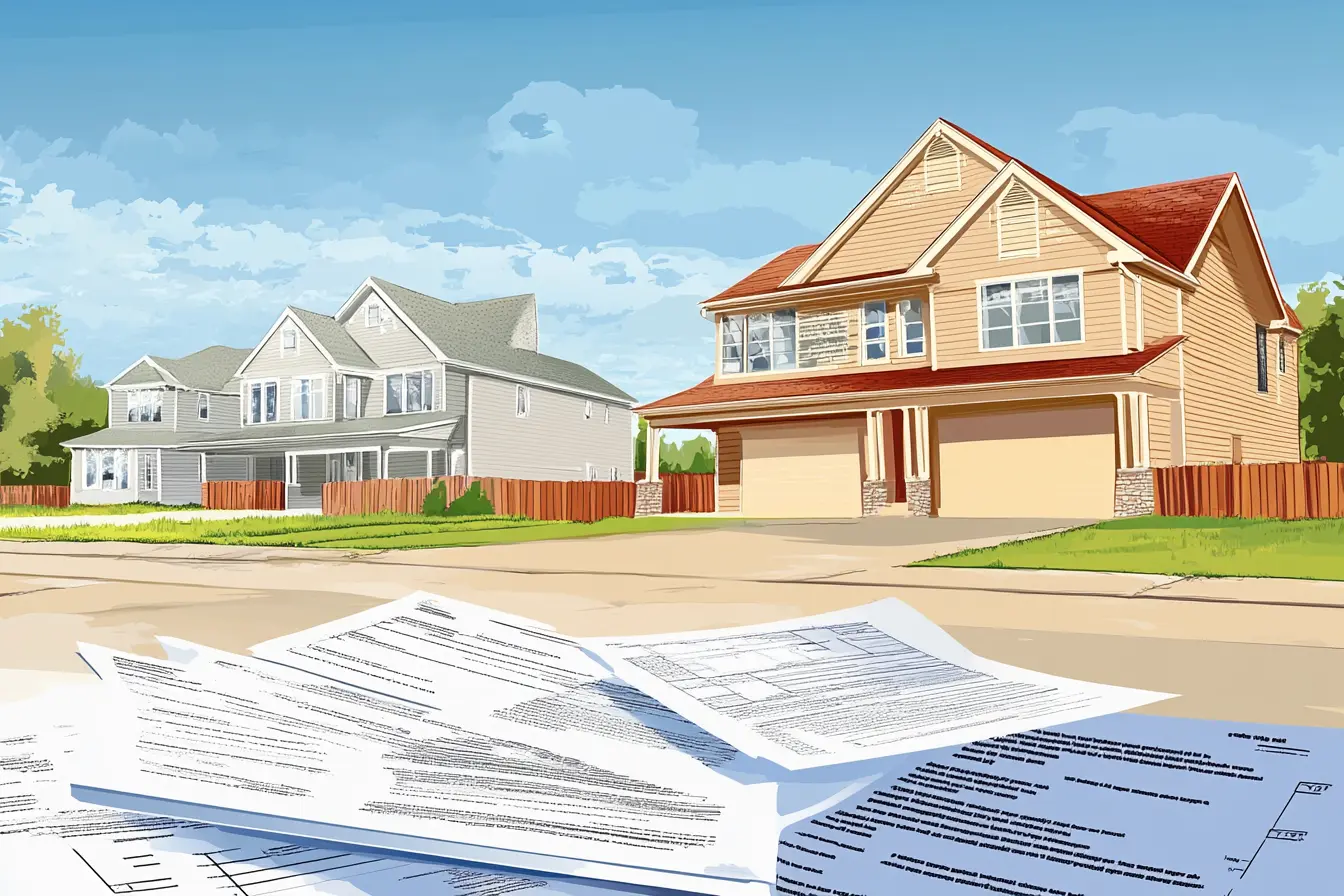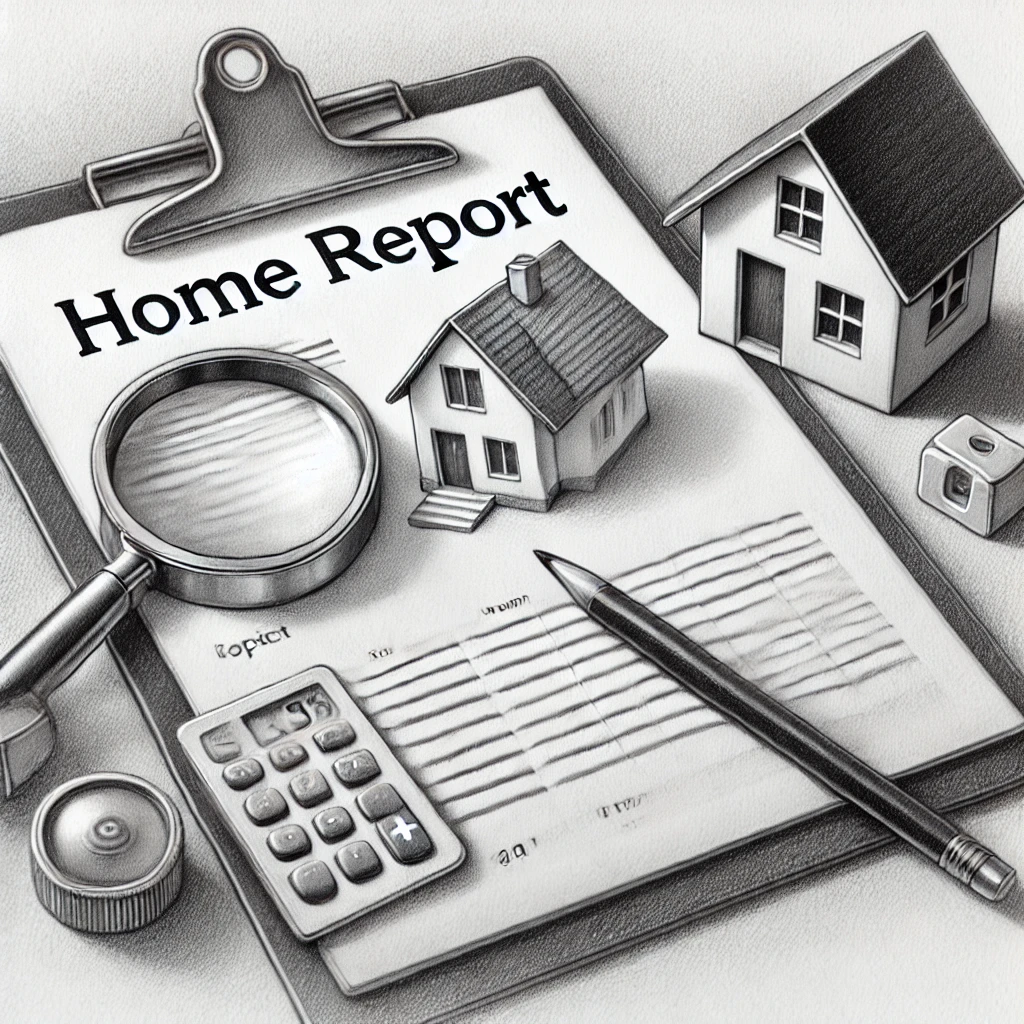The Documents Used by Real Estate Agents

Buying or selling a home involves multiple legal and financial documents that define rights, responsibilities, and financial terms for all parties involved. Real estate agents help buyers and sellers navigate these contracts to ensure a smooth and legally compliant transaction.
This article explains the major documents used by real estate agents, including buyer representation agreements, seller agreements, residential appraisals, disclosures, and more.
1. Buyer Representation Agreement
A buyer representation agreement is a contract between a buyer and their real estate agent, outlining the agent’s responsibilities and the terms of the relationship. It ensures that the agent represents the buyer’s best interests in finding and negotiating a home purchase.
Key Elements
Duration of Representation – Defines how long the agent will work exclusively with the buyer.
Agent’s Duties – Specifies how the agent will assist in the home search, negotiations, and closing.
Compensation – Explains how the agent will be paid (typically from the seller’s proceeds).
Exclusivity Clause – Some agreements require the buyer to only work with one agent.
More info: Buyer Representation Contracts - National Association of Realtors
2. Seller Agreement (Listing Agreement)
A seller agreement (also known as a listing agreement) is a contract between a homeowner and a real estate agent that authorizes the agent to sell the property. It includes key details about the listing price, marketing strategy, and agent’s Commission.
Key Elements
Listing Price – The agreed-upon price at which the property will be marketed.
Agent’s Duties – Includes marketing, staging, hosting open houses, and negotiating offers.
Commission Structure – Typically 5-6% of the sale price, split between the buyer’s and seller’s agents.
Listing Duration – The length of time the agent has exclusive rights to sell the home.
More info: Understanding Listing Agreements - Realtor.com

3. Residential Appraisal Report
A residential appraisal is a professional evaluation of a home’s market value, typically required by lenders before approving a Mortgage. Real estate agents use appraisals to ensure fair pricing and prevent overpayment.
Key Elements
Property Description – Square footage, lot size, number of bedrooms/bathrooms.
Comparable Sales (Comps) – Recent sales of similar homes in the area.
Condition & Upgrades – Notes on renovations, structural integrity, and damages.
Market Trends – Analysis of neighborhood demand and pricing shifts.
More info: Home Appraisal Process - Federal Housing Administration
4. Sample Property Disclosure Statement
A property disclosure statement is a legally required document where the seller discloses known defects and past repairs to the buyer. This helps buyers make informed decisions and prevents future legal disputes.
Common Disclosures
Structural Issues – Foundation cracks, roof leaks, or Pest damage.
Water Damage or Mold – Any history of flooding or water intrusion.
Lead Paint or Asbestos – Required for homes built before 1978.
Legal or Zoning Issues – Pending lawsuits, property line disputes, or zoning violations.
More info: Understanding Real Estate Disclosures - Consumer Financial Protection Bureau
5. Purchase Agreement (Sales Contract)
A purchase agreement (also known as a sales contract) is the legally binding contract between the buyer and seller detailing the terms of the home sale.
Key Elements
Purchase Price – The final agreed-upon price of the home.
Earnest Money Deposit – A buyer’s deposit (typically 1-3% of the purchase price) to show serious intent.
Closing Date – The date by which ownership transfers from seller to buyer.
Contingencies – Conditions that must be met (such as a Home Inspection or mortgage approval) before the sale is finalized.
More info: Sample Real Estate Sales Contract - U.S. Department of Housing and Urban Development

6. Home Inspection Report
A home inspection report provides a professional evaluation of the home’s condition, highlighting any issues that may need repairs. Buyers often request inspections before finalizing a purchase.
Common Areas Inspected
Foundation & Structural Integrity
Plumbing & Electrical Systems
Roof, Windows, & HVAC Systems
Pest Infestations & Mold Issues
More info: Home Inspections - American Society of Home Inspectors
7. Closing Disclosure
A closing disclosure is a document provided to the buyer at least three days before closing, detailing the final loan terms and closing costs.
Key Elements
Loan Amount & Interest Rate
Monthly Mortgage Payment Breakdown
Total Closing Costs
Taxes & Homeowner’s Insurance Requirements
More info: Closing Disclosures - Consumer Financial Protection Bureau
Wrap Up
Real estate transactions require multiple legal and financial documents to protect buyers, sellers, and lenders. Understanding these documents ensures a transparent and smooth transaction.
Key Takeaways
Buyer Representation Agreements protect the buyer-agent relationship.
Seller Agreements (Listing Agreements) define how an agent markets a home.
Residential Appraisals establish fair market value.
Property Disclosures inform buyers of known defects.
Purchase Agreements (Sales Contracts) outline the full terms of the home sale.
Home Inspection Reports assess the property’s condition before closing.
Closing Disclosures finalize all loan and cost details.
By familiarizing yourself with these key documents, you can navigate the home-buying or selling process with confidence and avoid unexpected surprises.